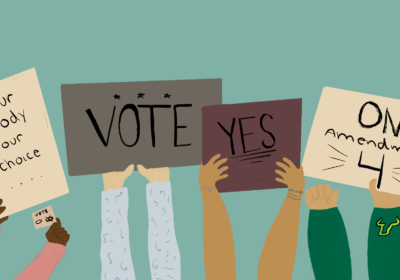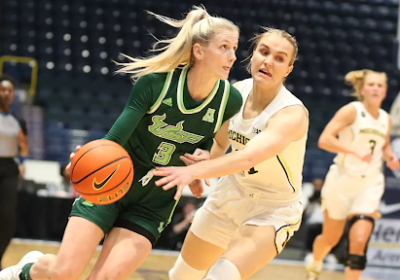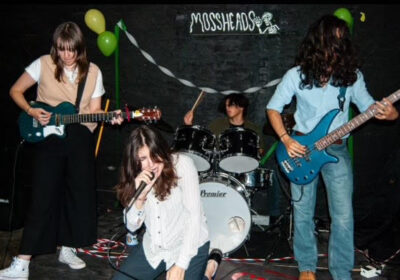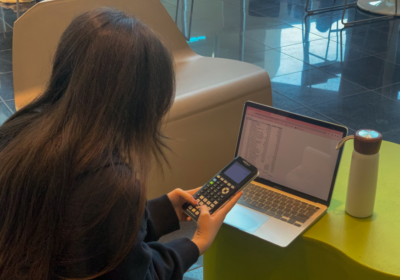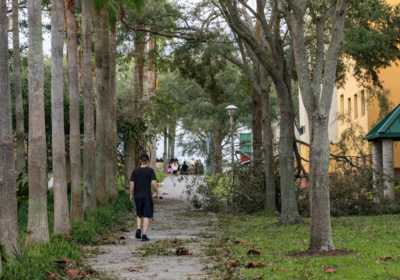Pedestrians need better crosswalk alternatives
The installation of an overpass or pedestrian traffic lights would help alleviate the traffic nightmare thousands of USF drivers and pedestrians deal with on a daily basis, without the need to hire crossing guards.
Some of the busiest crosswalks of concern are on Leroy Collins Boulevard – adjacent to the USF Tampa Library – and Maple Drive, which currently feature multiple crosswalks and a non-stop stream of pedestrians during busy campus hours.
Drivers often have to spend several minutes waiting for pedestrians, spaced apart in single file lines, to clear crosswalks, creating additional traffic.
The extra delays are an unnecessary hassle for drivers who have often commuted a long distance and still face a sweaty walk to class. Impatient drivers often take risks in rushing to beat pedestrians to the crosswalk. The pursuit to make up time lost waiting on pedestrians could make drivers overly aggressive and facilitate reckless driving. During the first week of the fall semester, 15 accidents occurred on campus – many involving pedestrians.
Therefore, the University needs to create a solution to this problem.
A pedestrian overpass would cost more initially, but would be a one-time payment, excluding upkeep, and would alleviate congestion on the ground and preserve the safety of students. A pedestrian traffic signal would also be a useful, economical solution, as the initial cost would be lower.
USF’s Tampa campus has more than 40,000 students, which is greater than the population of many small Florida cities, including Destin, illustrating the need for better pedestrian traffic control.
The University is very pedestrian-friendly, but many take advantage of that at the unnecessary expense of drivers.
There is already one overhead crosswalk at USF. It crosses Fowler Avenue, connecting the Museum of Science and Industry (MOSI) to Pizzo Elementary.
There’s no way that overpass sees more pedestrian traffic than Leroy Collins Boulevard or Maple Drive, but it allows the students at Pizzo a safe way to visit MOSI or cross the busy street.
Pedestrian traffic on USF streets is more frequent and the purpose more significant than excursions to the play areas at MOSI.
The cost of the MOSI overpass was approximately $2 million, and it can be presumed that a sign directing foot traffic would cost significantly less. Both are only a small fraction of the millions USF has spent on other recent construction projects like the USF baseball stadium at $8 million or the $15 million Athletic Training Center.
Administration needs to consider spending funds on measures most students would likely agree USF desperately needs.
The money certainly seems to be there but, unfortunately, the interest is not.
Carol Lovell is a senior majoring in mass communications.

